Easiest vegetables to grow in pots or garden beds: 10 tasty crops to try
Our guide to the easiest vegetables to grow will help you enjoy a delicious harvest with minimum effort

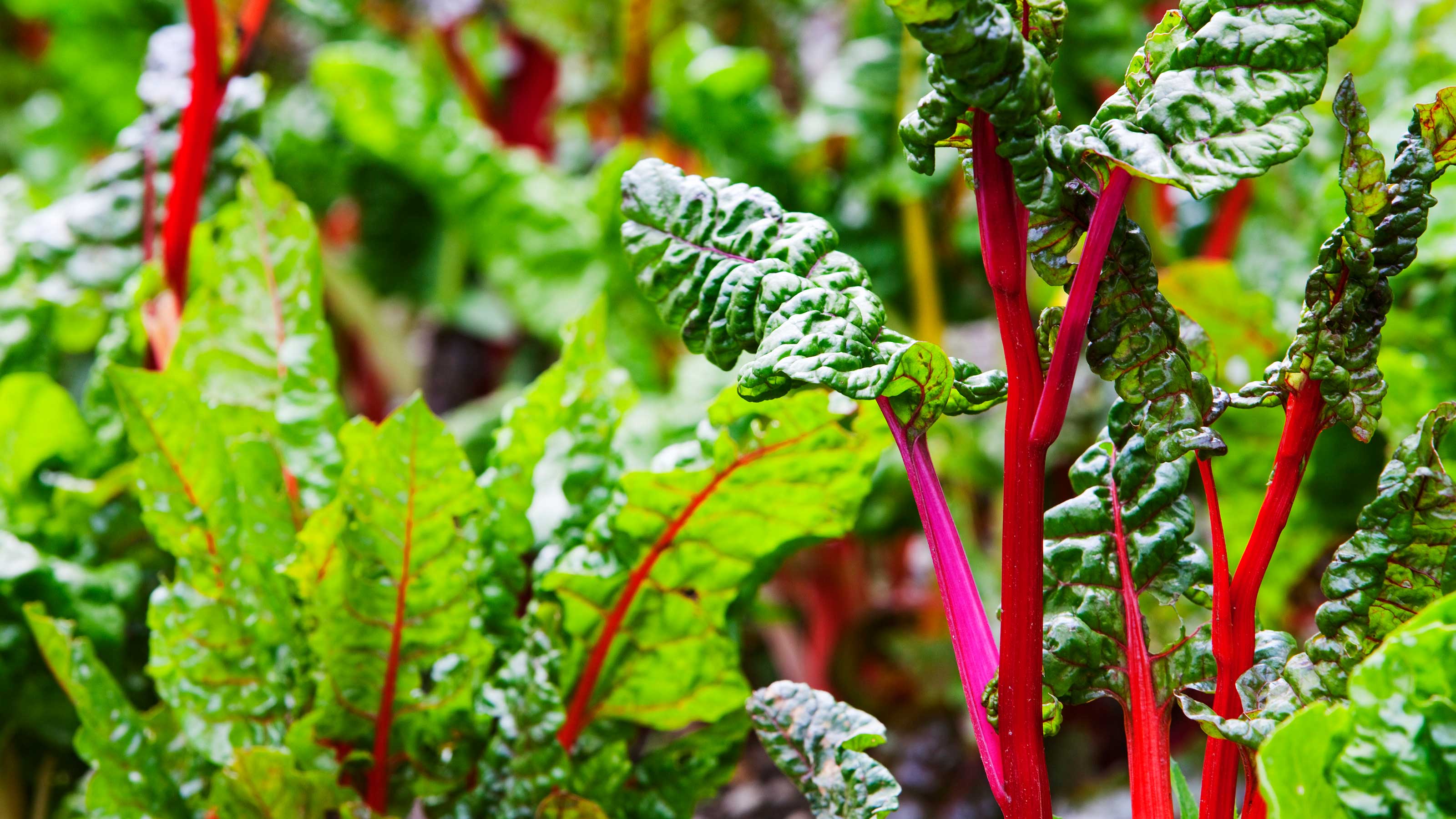
Some of the easiest vegetables to grow also happen to be some of the tastiest, so why not give them a go? Whether you're a beginner or a seasoned kitchen gardener who's a little short on time, planting these in your plot will be nothing but rewarding.
It's not just some types of veggies that are simple to grow – you can fill your whole garden with the best low maintenance plants if you want to. But, creating a zone specifically for crops – whether it's just a few pots or a bed or two, is well worth doing. After all, harvesting and cooking your own home-grown produce is one of life's greatest pleasures. And you can bet it will taste much better than anything from a supermarket shelf.
Plus, as a spokesperson for GardenBuildingsDirect.co.uk says, 'Not only is growing your own produce really sustainable, it's actually a great activity to stay active and have fun.' You'll find some of their top picks for the easiest vegetables to grow, plus a few of our own, below.
Easiest vegetables to grow: 10 top picks
Whatever size your plot, if you're looking for some of the easiest vegetables to grow, you can't go wrong with these picks.
1. Courgettes
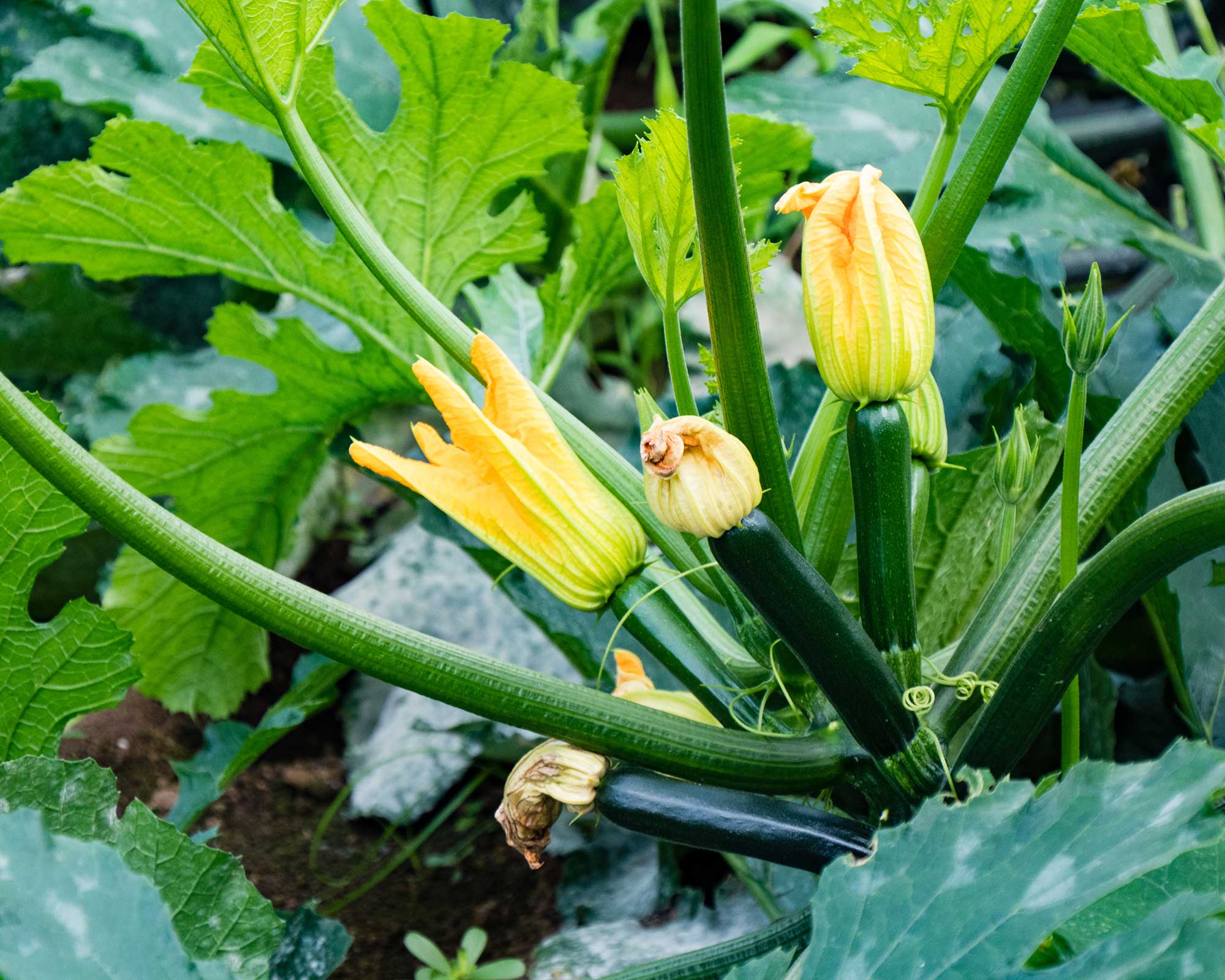
Learning how to grow courgettes is so easy and means that you can enjoy a bumper crop come summer. Don't forget about the flowers too, which can be stuffed with ricotta, dipped in a light batter, and then fried for a delicious Mediterranean-inspired treat.
For best results, start seeds off in spring in modules indoors or in a greenhouse, before planting out seedlings in a pot or bed that gets plenty of sun. Keep them well watered as they grow, and before long you'll spot the glossy veggies appearing. Keep picking and more will grow.
If you fancy something a little different, opt for yellow varieties such as 'Parador'. But whatever type you go for, avoid overcrowding the plants, which can lead to powdery mildew forming.
2. Garlic
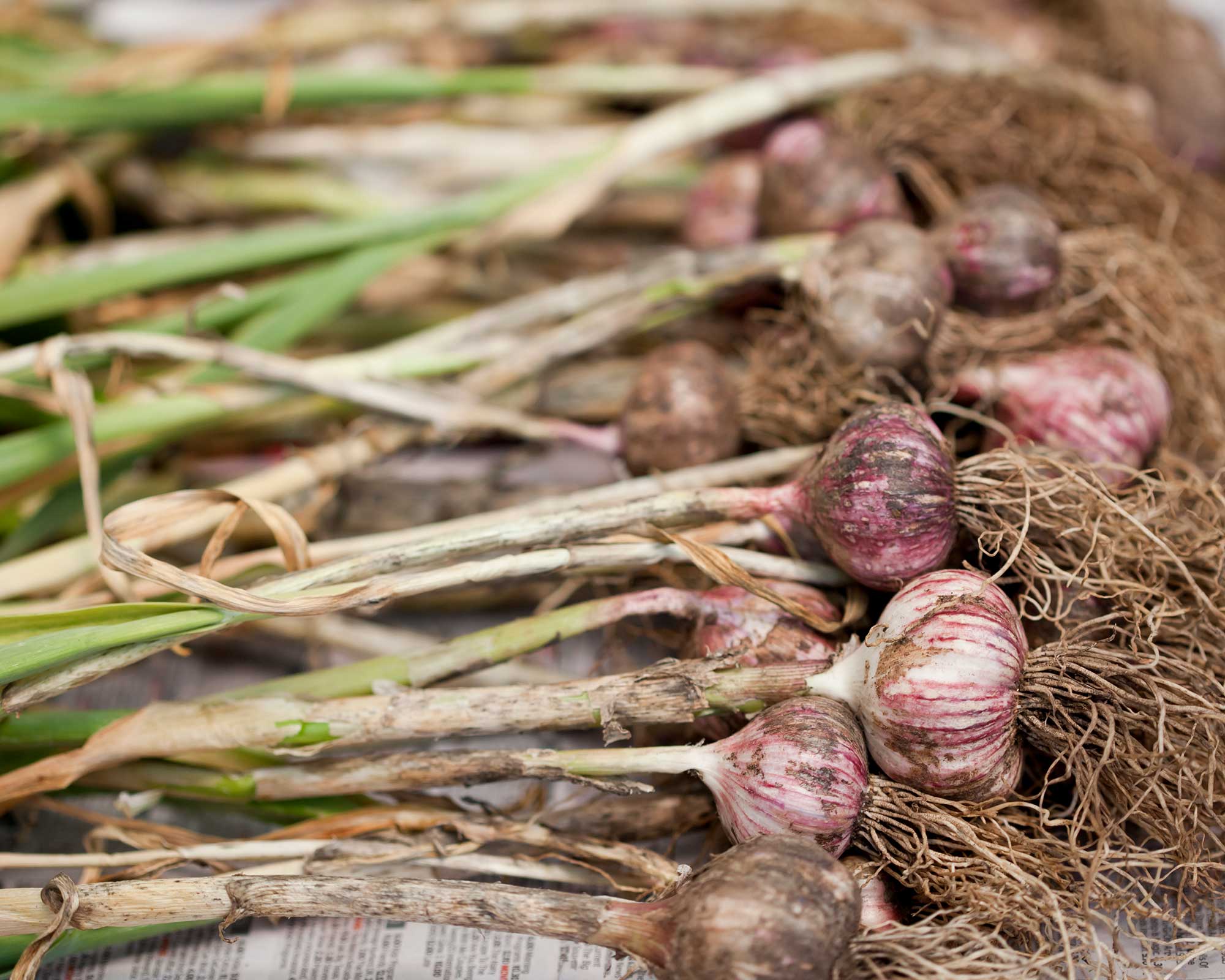
'Garlic is a staple in the kitchen and one of the most versatile crops you can grow in your garden,' says the team at GardenBuildingsDirect.co.uk.
'It's best to plant garlic as summer draws to a close because the bulbs need a period of cold to fully form.' Position them somewhere where they'll get lots of sun. Yellowing foliage the following summer is a sign that the bulbs are reaching maturity. At this point, water very sparingly, if at all, to reduce risk of rot.
'You can use the green leaves for a salad whilst your bulbs are still growing,' they add.
Our guide on how to grow garlic has lots more useful advice – you'll soon see how easy it is.
3. Tomatoes
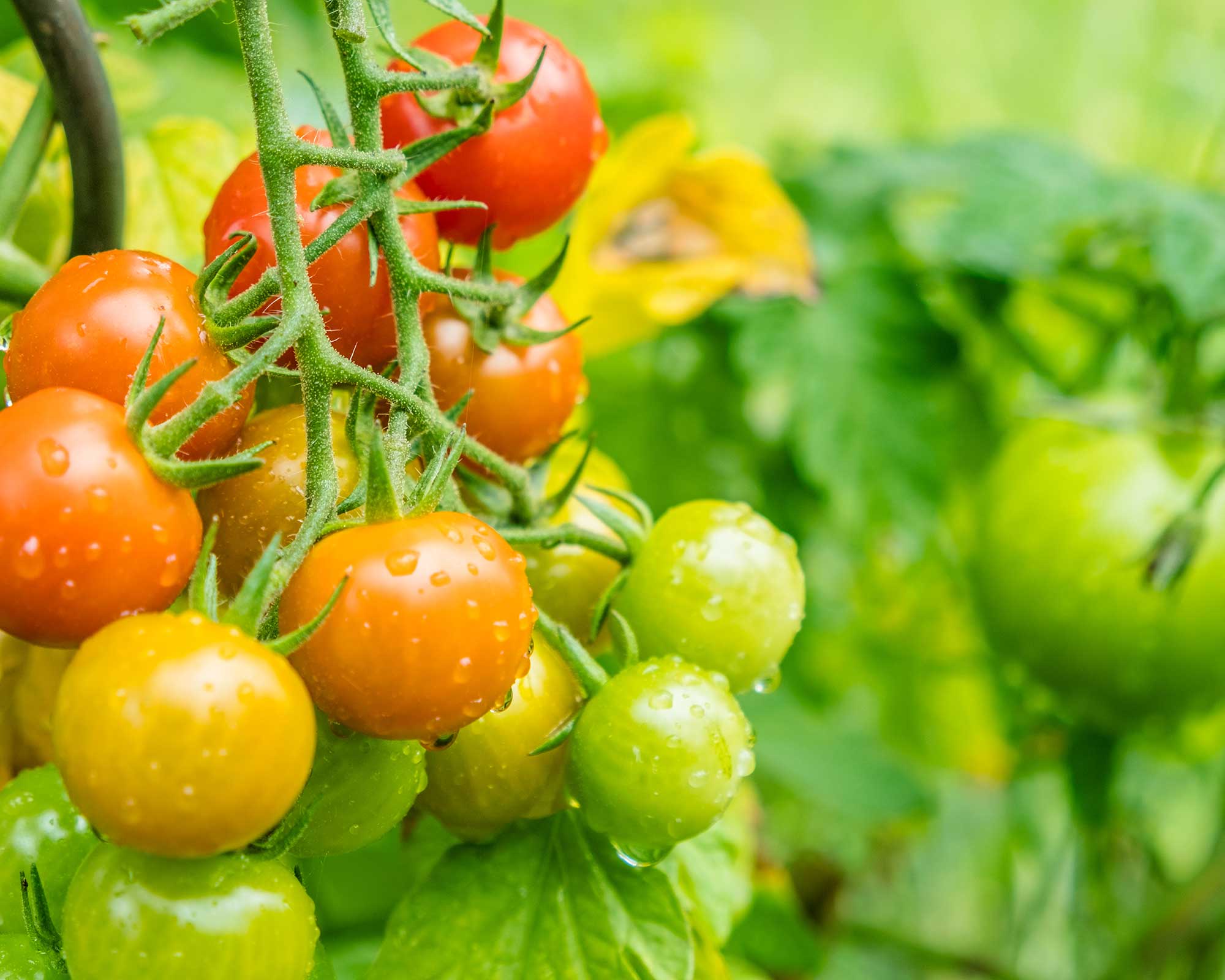
'Tomatoes are ideal for smaller gardens or even balconies, as they don’t require much space to grow,' says GardenBuildingsDirect.co.uk. 'Tomato plants take 12 weeks to grow until they're ready for harvest, and the plants can produce fresh tomatoes for up to six years!
'Sow seeds in small pots filled with seed compost, then cover each pot with a clear plastic bag and place on a bright windowsill. When the flowers of the first truss are beginning to open, transfer to 9–inch pots or growing bags, or plant outside in a warm sunny spot [18–24in (45–60cm) apart.'
Remember that there are two types of tomato: cordon and bush. The former grow tall and need stakes, whilst the latter are shorter so won't need supports. You won't need to remove the sideshoots either on bush varieties, which means they are easier to grow – perfect if you're on the lookout for low maintenance garden ideas.
You can find more tips on how to grow tomatoes in our guide.
4. Cucumbers
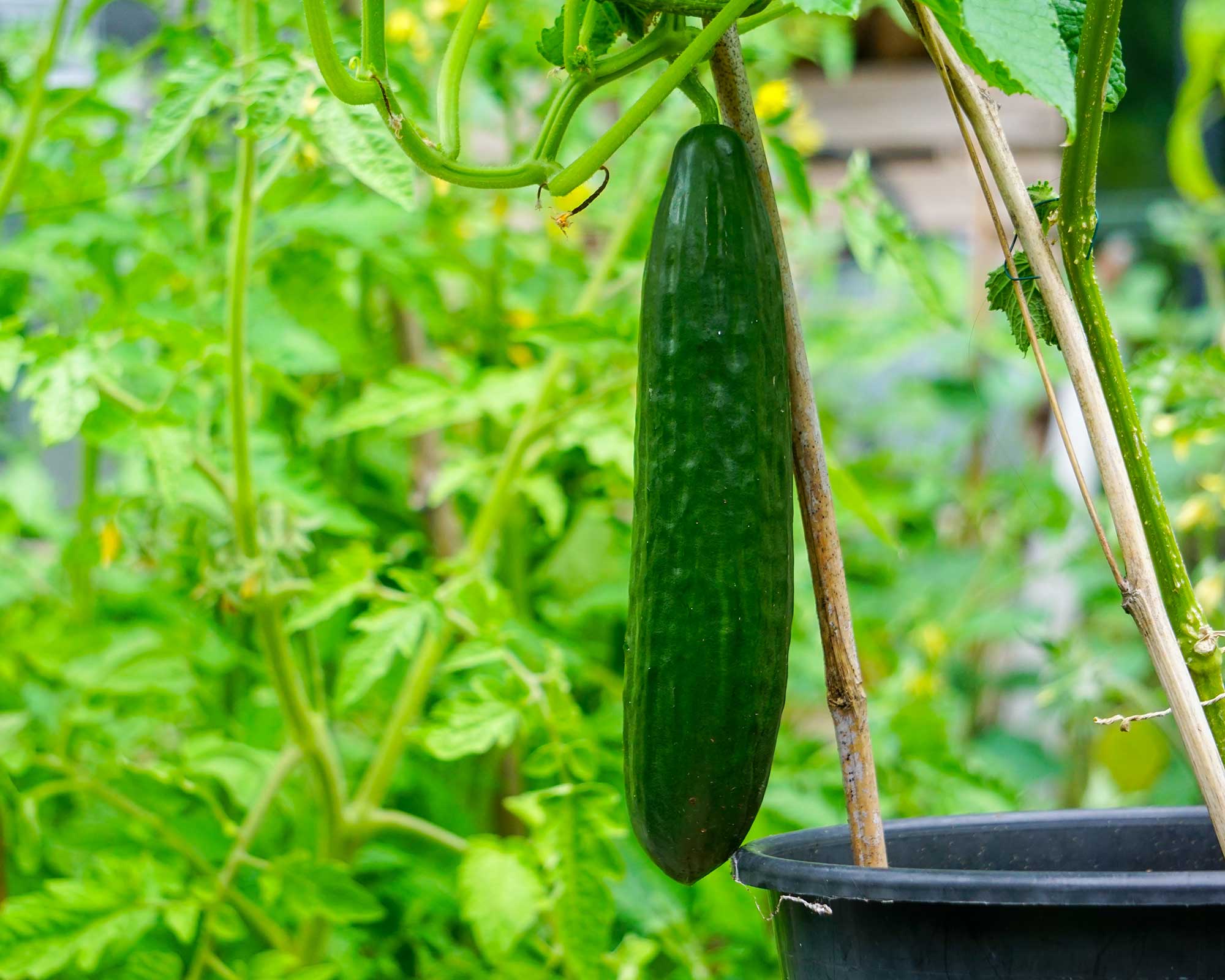
'Cucumbers can be planted in pots or growing bags within a greenhouse or even on a sunny windowsill,' says GardenBuildingsDirect.co.uk. You can also find varieties that are suited for outdoor growing, such as 'Marketmore', or 'Goblin' which is a great choice for containers. As long as you pick the right type for the spot that you plan to grow them in, they're very easy and prolific.
'The plants love to remain moist and you can feed them your regular tomato feed to keep them fit and healthy,' adds the Garden Buildings Direct team. Cucumber seeds germinate at 20 degrees, so they're a good one to add to your list of summer jobs.
You can also train them upwards with a trellis or a simple support of canes and string, so they're ideal if you're looking to save space. Our guide on how to grow cucumbers has plenty more tips.
5. Chard
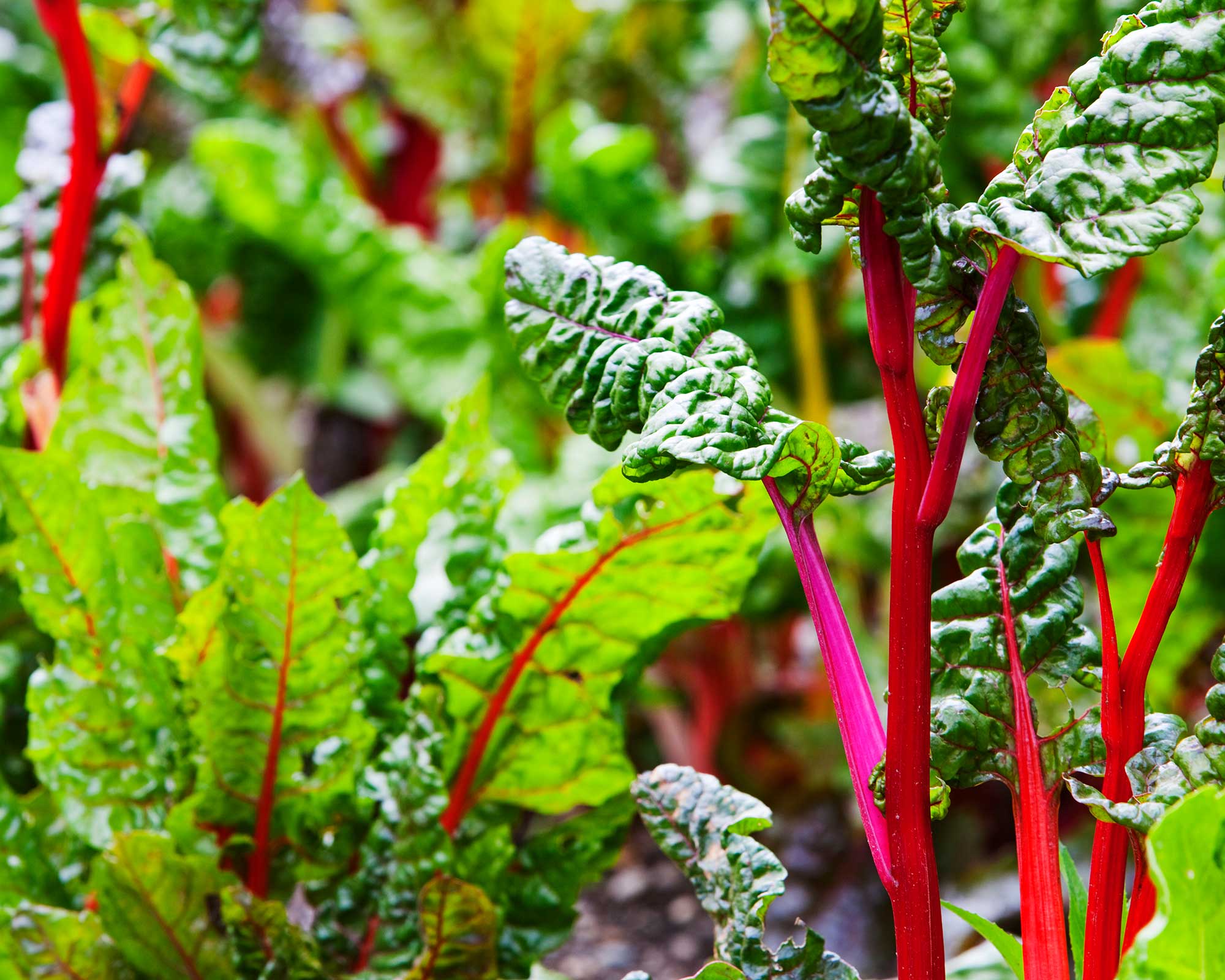
Whether you go for the traditional green and white variety or a more colorful type, chard is certainly one of the easiest vegetables to grow. It's less likely to bolt than spinach, and leaves can be treated as cut-and-come-again crops and harvested over many months.
You can plant the seeds directly outdoors between March to July, according to the RHS. It likes plenty of sun and rich, moisture-retentive soil. Try 'Bright Lights' for a stunning mix of pink, orange, red and yellow stems which will instantly pep up your veg patch.
- Looking for more ways to make gardening easy? One of the best robot lawn mowers might be just the tool you need.
6. Broad beans
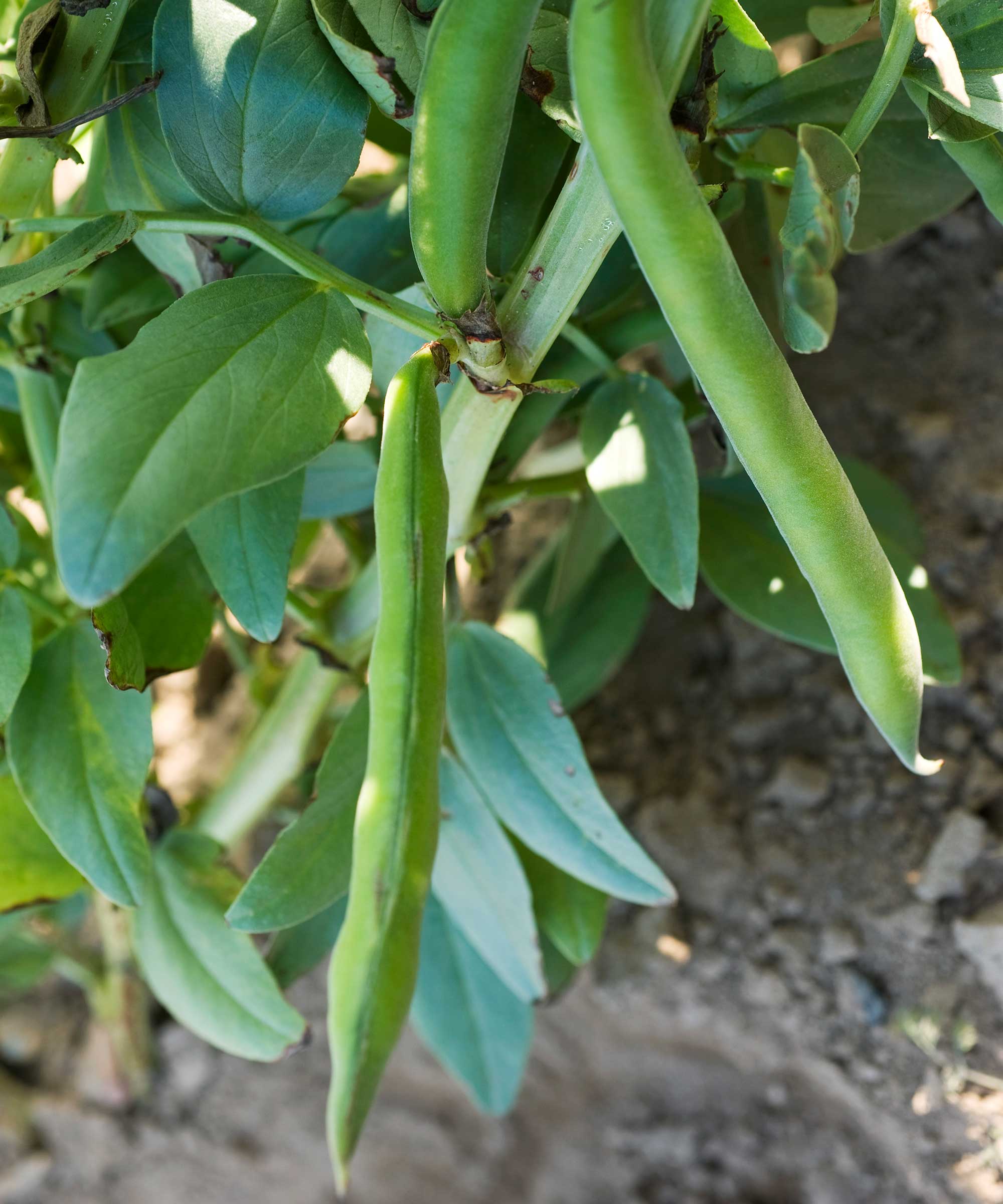
Broad beans are a delicious summer treat. And, once the seeds are sown and the supporting structures are in place, they don't require much upkeep – just a bit of watering and weeding from time to time.
You'll usually plant them directly in spring, in double rows. To make the support, simply place a sturdy cane either end of the row, then tie a couple of lengths of twine from one end to the other, pulling it taut.
If you want to grow broad beans as part of your container gardening ideas, opt for dwarf varieties such as 'The Sutton' and pick a planter which is nice and deep. As with all plants growing in pots, remember to keep on top of watering as they will dry out quicker than those in the ground.
Top tip: As suggested by Suttons, bean seeds can be soaked overnight and placed on damp cotton wool or blotting paper to shoot. This will speed up the germination time.
7. Peas
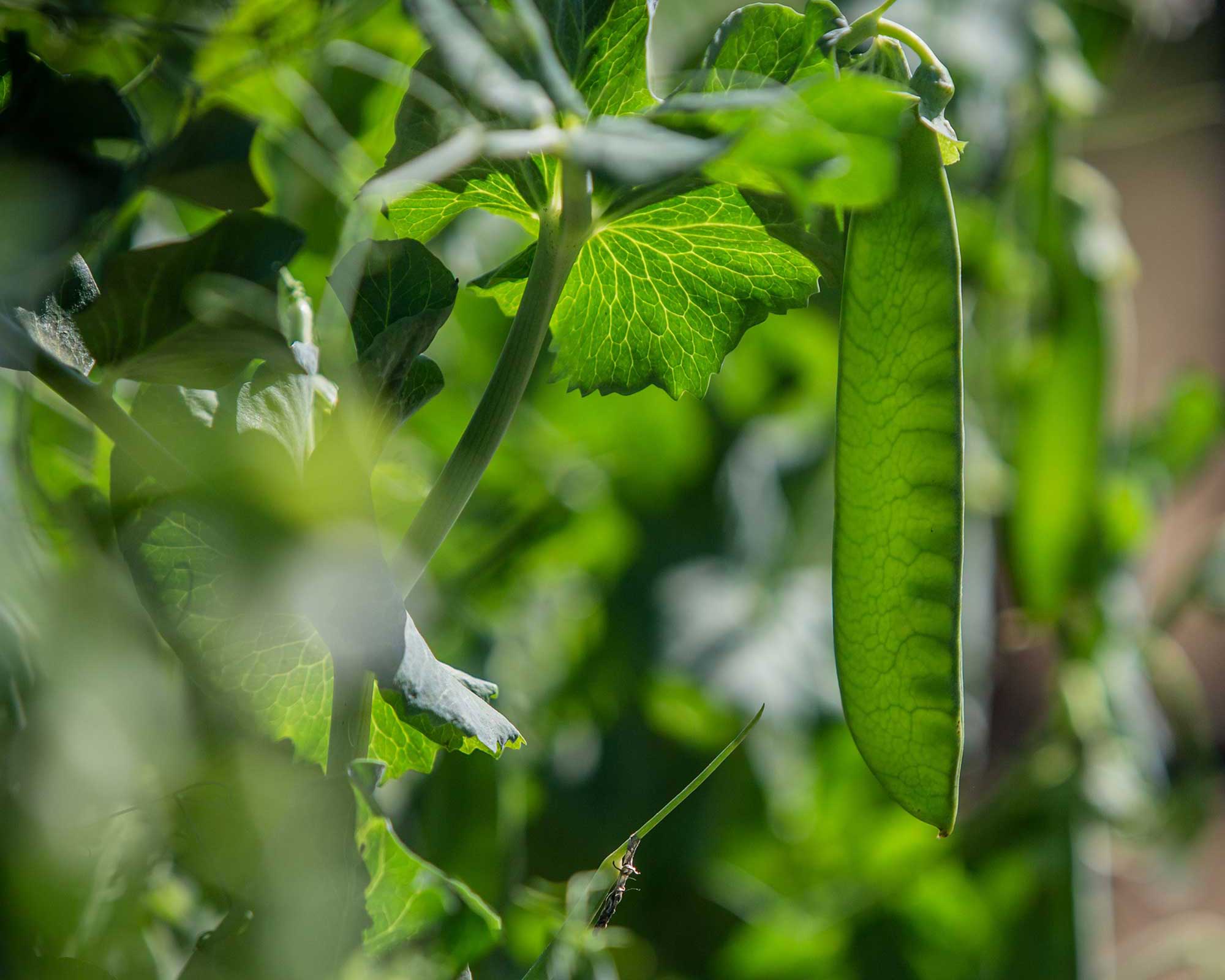
Another one of the easiest vegetables to grow that climbs vertically is peas.
According to the RHS, the simplest are sugarsnap (try 'Purple Magnolia' for its eye-catching color) and mangetout varieties, whilst dwarf peas, such as 'Meteor', are good for pots and won't need supports. Plant them directly in spring to summer (check the packet of your chosen variety) in a sunny spot with good drainage. Keep the soil moist once they have flowered.
Once the pods are ready to be harvested, pick regularly – the more you do so, the more will grow.
8. Beetroot
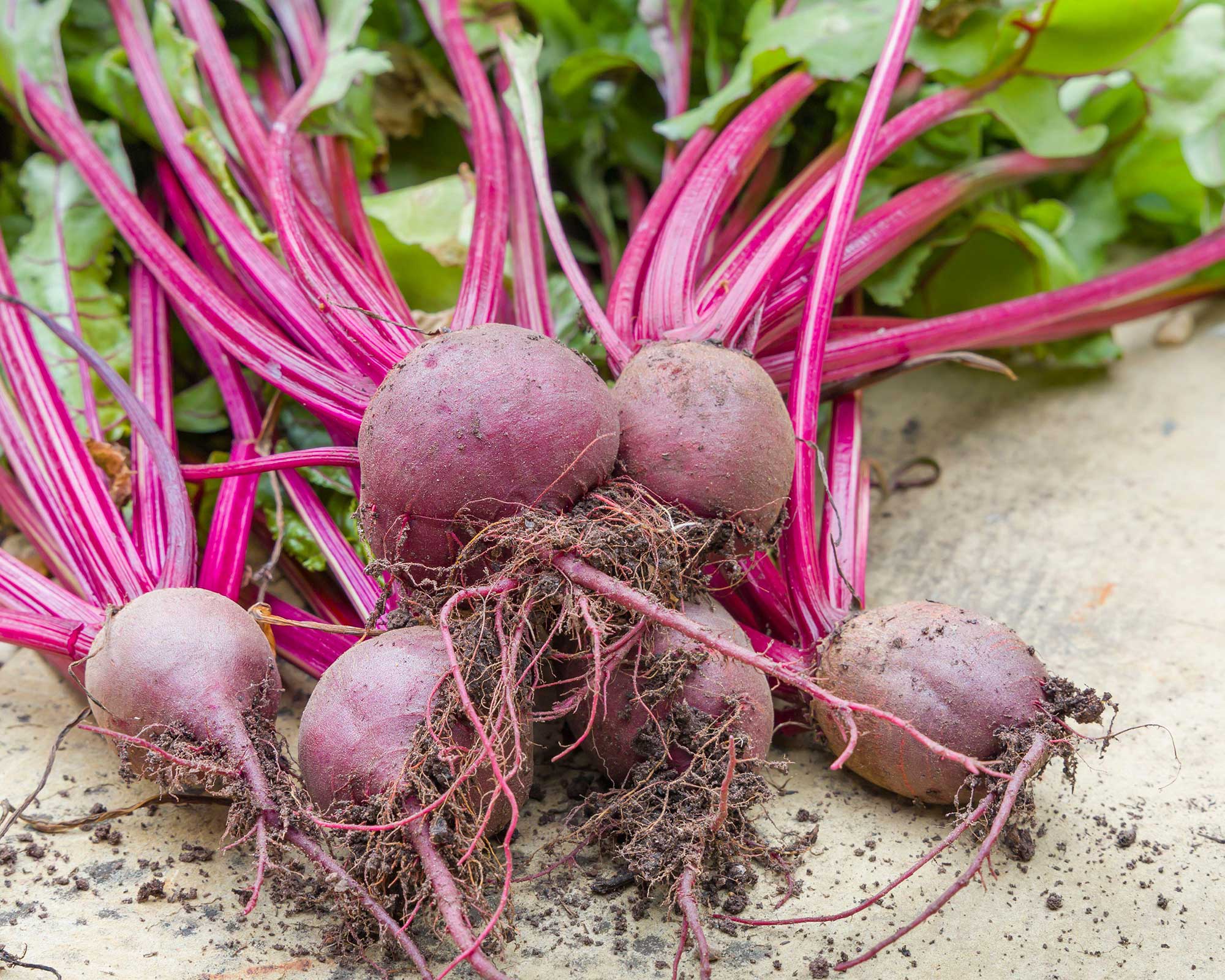
You can sow beetroot seeds into your raised garden beds as soon as the weather warms in April. But you can continue to do so right up until late July and even into early August for a late crop. They don't need much attention, as long as they get a good dose of daily sun and a soak with a watering can every so often. Thin out the seedlings as they grow to give the roots enough space to swell.
'They can be picked halfway through their growth and eaten as a miniature if you're impatient,' says GardenBuildingsDirect.co.uk. And don't forget about the foliage too, which can be cooked in the same way as spinach or chard.
For more tips, take a look at our guide on how to grow beetroot.
9. Radishes

Growing radishes couldn't be easier. And they're delicious too, offering a peppery spice and refreshing crunch to salads.
'You can sow radishes four weeks after the last frost and then throughout the summer,' says GardenBuildingsDirect.co.uk. They'll be ready to harvest around a month after planting, so are ideal if you're after a quick and colorful crop for your beds or containers.
10. Squash

Squash is an impressive and versatile crop, but surprisingly easy to grow. Soak the seeds overnight to give them a more reliable start, then plant into pots and wait for them to sprout. Seedlings can be planted out into beds in early summer after being hardened off in a cold frame and then a sheltered spot outdoors for a couple of weeks.
With the help of some strong supports, you can even train squash upwards. This can be a much better use of space than allowing them to trail all over the ground. You can also grow squashes in wide containers (compact varieties such as 'Butterbush' are best) – just one per planter should be enough. However you choose to grow them, water often for best results.
You'll find more top tips on how to grow butternut squash in our guide. Or why not try the blue-hued 'Crown Prince' for something a little more unusual?
Which vegetables can you grow in shade?
If your plot doesn't get much sun, don't despair – as well as the best shade loving plants, there are some veggies which will grow happily in partial shade. However, as the RHS advises, sow the seeds in modules placed in bright conditions before transplanting them into their final position. This will get them off to an early start and help them establish a root system.
- There are plenty of leafy greens that will grow well in less sunny spots. Think lettuces, chard, and kale.
- Brassicas, such as broccoli and cabbages, can survive in shady conditions too. You can find out how to grow cabbage with our guide.
- Peas and runner beans can also grow in light shade.
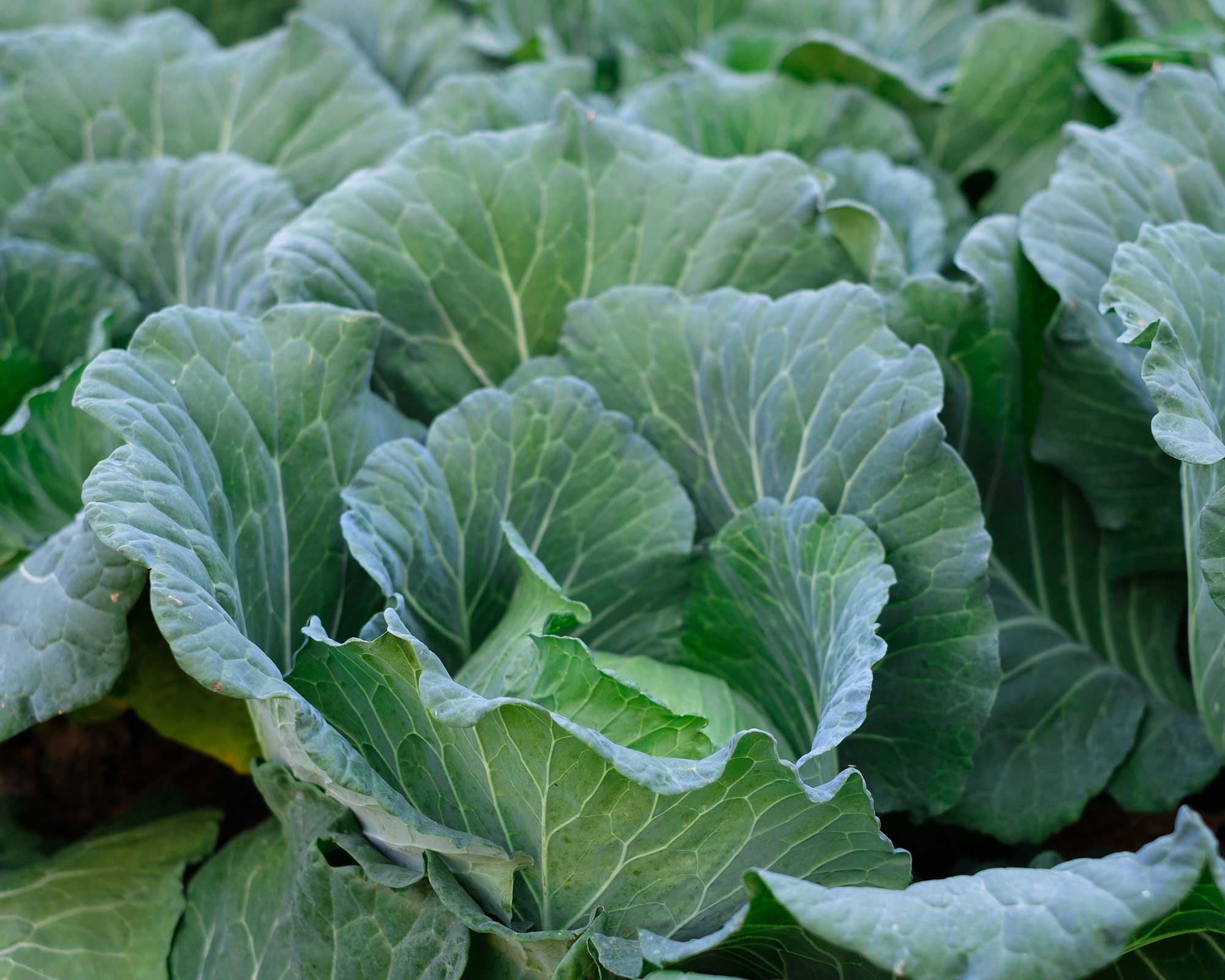

The garden was always a big part of Holly's life growing up, as was the surrounding New Forest where she lived. Her appreciation for the great outdoors has only grown since then. She's been an allotment keeper, a professional gardener, and a botanical illustrator – plants are her passion.
